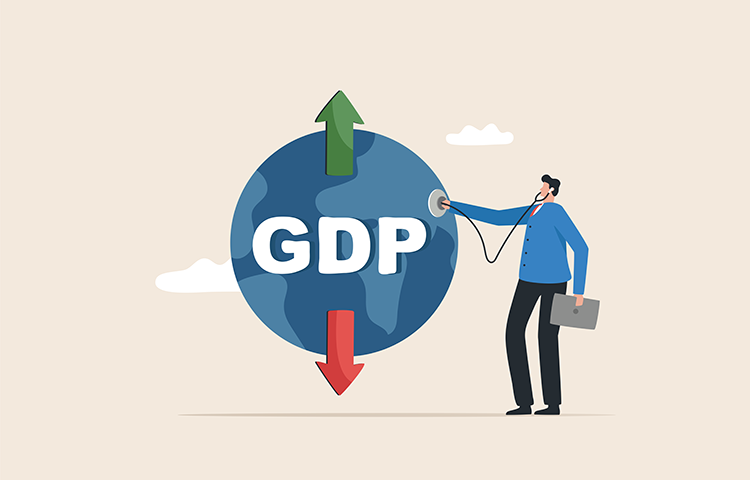Poland’s GDP grew 3.4% in Q2 2025, driven by consumption, dampened by weak investment and trade
Poland’s gross domestic product (GDP) rose by 3.4% year-on-year in the second quarter of 2025, according to preliminary estimates from Statistics Poland. This represents a slight acceleration compared with the 3.2% growth recorded in the same quarter of 2024.
Seasonally adjusted figures show that GDP increased by 0.8% compared with the first quarter of 2025 and was 3.0% higher than in the second quarter of last year.
The main driver of growth was domestic demand, which rose by 4.0%. Household consumption was up by 4.4% year-on-year, while overall final consumption expenditure increased by 3.8%. Gross capital formation rose by 5.4%, though within this category, gross fixed capital formation fell by 1.0%, following a 6.3% increase in the previous quarter. The investment ratio, defined as the share of gross fixed capital formation in GDP at current prices, declined to 15.1% from 16.0% a year earlier.
The contribution of domestic demand to GDP growth was +3.8 percentage points, including +3.0 points from consumption and +0.8 points from gross capital formation. Net exports, however, had a negative effect on growth, reducing GDP by 0.4 percentage points.
On a quarterly basis, gross value added in the economy increased by 0.7%. Growth was strongest in trade and repair services (+2.1%), transportation and storage (+1.2%), and industry (+1.5%). Public administration, education, health and social work activities also rose (+0.4%). Declines were recorded in construction (-1.5%) and financial and insurance activities (-1.0%).
Compared with the second quarter of 2024, gross value added rose by 3.0%. Key increases were seen in trade and repair (+5.9%), transportation and storage (+4.4%), financial and insurance activities (+5.1%), and public services including administration, health, and education (+3.7%). Construction was the only sector to record a year-on-year decline (-0.2%).
Statistics Poland noted that these figures are preliminary and subject to revision as more data becomes available.
Source:









